Home>Garden Essentials>When Should I Plant Tomato Seeds
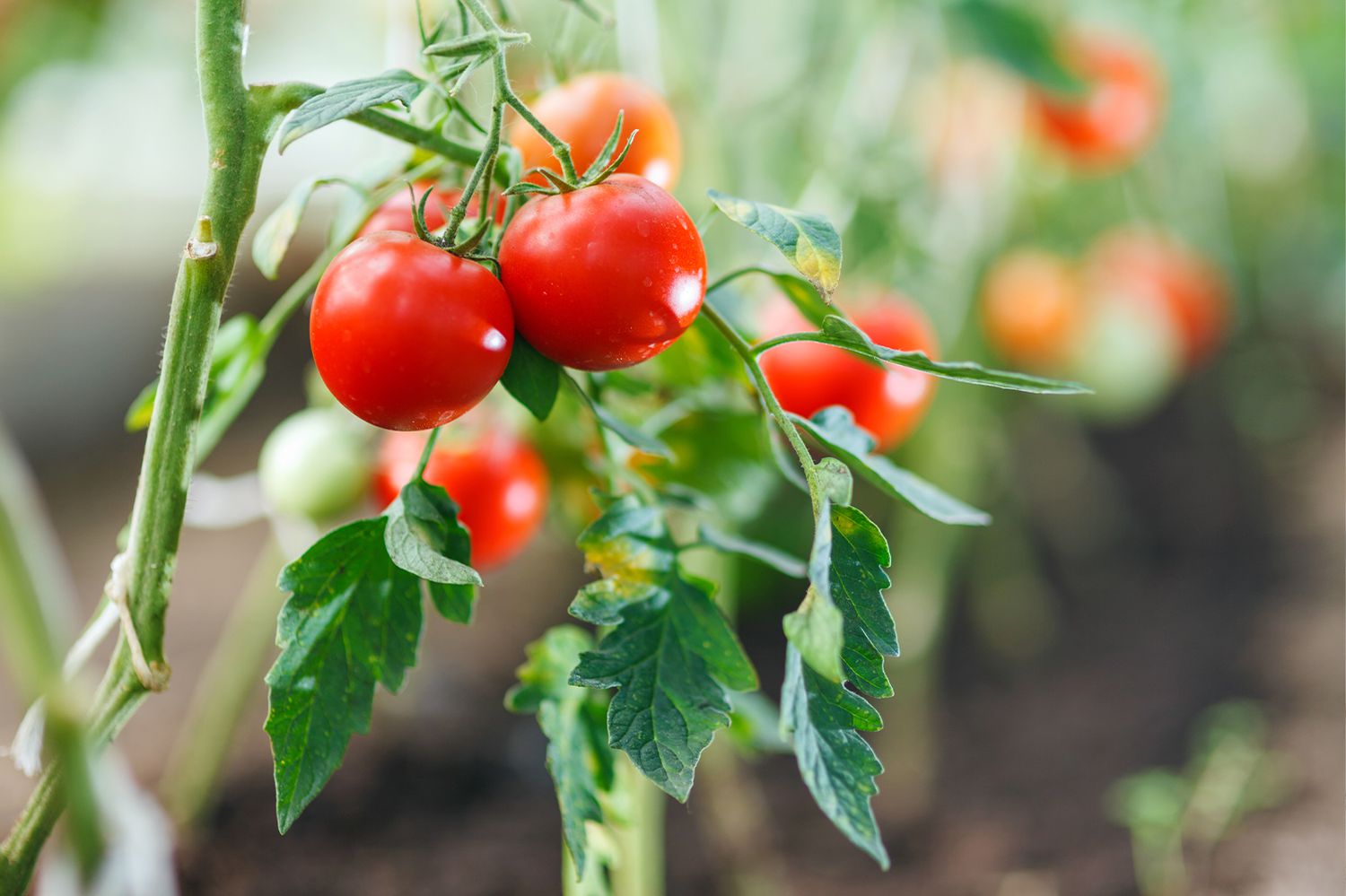

Garden Essentials
When Should I Plant Tomato Seeds
Modified: March 16, 2024
Learn the best time to plant tomato seeds in your garden and ensure a successful harvest. Find out when to start your gardening journey and grow delicious tomatoes.
(Many of the links in this article redirect to a specific reviewed product. Your purchase of these products through affiliate links helps to generate commission for Storables.com, at no extra cost. Learn more)
Introduction
Growing your own organic tomatoes is a rewarding and satisfying experience. Not only do you get to enjoy the incredible taste and nutritional benefits of homegrown tomatoes, but you also have full control over the cultivation process. One crucial factor in successfully growing tomatoes is knowing when to plant the seeds.
Timing is everything when it comes to planting tomato seeds. It ensures that the plants have enough time to grow and mature before the weather turns unfavorable. In this article, we will discuss the different factors to consider when deciding the optimal time to plant tomato seeds.
From climate and temperature requirements to frost dates and seed starting methods, we will cover everything you need to know to maximize your chances of a bountiful tomato harvest. So, let’s dive in and explore the best time to plant tomato seeds!
Key Takeaways:
- Timing is crucial for planting tomato seeds, considering factors like climate, frost dates, and suitable starting methods. Understanding these elements maximizes the chances of a successful harvest.
- Providing proper care, including watering, support, and pest control, is essential for healthy tomato plants. By following maintenance tips, you can enjoy a bountiful harvest of flavorful tomatoes.
Read more: When Should Tomato Seeds Be Planted
Factors to Consider
Before you start planting tomato seeds, it’s important to take into account several factors that can influence the success of your crop. By considering these factors, you can create an ideal environment for your tomato plants to thrive. Here are some key factors to consider:
- Climate and Temperature: Tomatoes are warm-season crops and require specific temperature ranges to grow well. They prefer daytime temperatures between 70°F and 85°F (21°C to 29°C) and nighttime temperatures above 50°F (10°C). Extreme temperatures can affect fruit set and development, so it’s crucial to choose a time of year when your local climate aligns with these temperature requirements.
- Frost Dates: Tomatoes are highly sensitive to frost and cannot survive in freezing temperatures. Therefore, it’s important to know the average last frost date in your region. Planting tomato seeds too early can result in frost damage, stunted growth, or even death of the seedlings. On the other hand, planting too late can limit the growing season and reduce the yield. By understanding the frost dates, you can determine the appropriate time to start planting tomato seeds.
- Indoor Seed Starting: If your region experiences a short growing season or frequent frosts, starting tomato seeds indoors can give your plants a head start. Indoor seed starting allows you to control the growing environment, optimize germination conditions, and nurture seedlings until they are strong enough to be transplanted outdoors. This method is especially useful for early varieties or heirloom tomatoes that require longer periods to mature.
- Outdoor Seed Starting: If you live in a region with a longer growing season and favorable weather conditions, you can directly sow tomato seeds outdoors. This method eliminates the need for transplanting seedlings and simplifies the gardening process. However, it is essential to align the outdoor seed starting with the last frost date to avoid potential damage from late frosts.
- Determining the Last Frost Date: To determine the last frost date in your area, you can consult a local gardening calendar, contact your agricultural extension office, or use online resources. Keep in mind that the last frost date is an average estimation, and weather patterns can vary from year to year. It’s always a good idea to monitor local weather forecasts and adjust your planting schedule accordingly.
By considering these factors, you can make informed decisions about when and how to plant your tomato seeds. Being mindful of your local climate, frost dates, and suitable seed starting methods will set the foundation for a successful tomato-growing season. Next, let’s explore the steps involved in planting tomato seeds indoors for transplanting.
Climate and Temperature Requirements
Tomatoes thrive in warm climates with plenty of sunlight. Understanding the specific climate and temperature requirements for tomatoes is essential for successful growth and a bountiful harvest. Here are some key considerations:
Temperature: Tomatoes are warm-season plants and prefer temperatures between 70°F and 85°F (21°C to 29°C) during the day. Nighttime temperatures should not drop below 50°F (10°C). Extreme temperatures, whether too hot or too cold, can negatively impact plant growth, flowering, and fruit development.
Sunlight: Tomatoes require full sun exposure to thrive. They need at least six to eight hours of direct sunlight each day. Planting tomatoes in a sunny area of your garden or using reflective materials to maximize sunlight absorption will help your plants grow vigorously.
Humidity: While tomatoes can tolerate a range of humidity levels, they generally perform well in moderate humidity. High humidity can increase the risk of diseases such as powdery mildew, while low humidity can lead to blossom-end rot. Proper air circulation through adequate spacing between plants and regular pruning can help mitigate these issues.
Microclimates: It’s important to consider microclimates within your garden or growing area. Microclimates are small-scale variations in temperature, soil moisture, and sunlight caused by factors like shade from buildings or trees, water bodies, or proximity to walls or fences. Understanding and utilizing these microclimates can help you optimize growing conditions for your tomatoes.
By understanding and providing the optimal climate and temperature conditions for your tomatoes, you can ensure healthy growth and maximize their productivity. Consider these factors when selecting the planting location and timing for your tomato seeds. Next, let’s explore the importance of frost dates and how to determine them in your area.
Frost Dates
Frost dates play a crucial role in determining when it is safe to plant tomatoes outdoors. Frost can damage or kill young tomato plants, which are highly sensitive to low temperatures. Understanding the average frost dates in your region will help you avoid planting too early and risking frost damage.
The two key frost dates to consider are the last spring frost date and the first fall frost date. The last spring frost date signifies the end of the frosty period in spring and the start of the growing season. The first fall frost date marks the beginning of colder temperatures in autumn and indicates when you can expect frost to return.
Knowing these dates will help you gauge the length of your growing season and determine the appropriate time to plant tomato seeds. To find the average frost dates for your location, you can consult a local gardening calendar, contact your agricultural extension office, or use online resources that provide frost date information based on historical data.
However, it’s important to note that frost dates are only averages based on past weather patterns. Weather can vary from year to year, and unexpected late frosts can occur. Monitoring local weather forecasts and being prepared to protect your plants from unexpected cold spells is essential.
By keeping track of frost dates, you can ensure that your tomato plants have a favorable environment to grow and thrive. Next, let’s explore the process of starting tomato seeds indoors before transplanting them into your garden.
Indoor Seed Starting
Starting tomato seeds indoors is a popular method, especially in regions with shorter growing seasons or frequent frosts. It allows you to get a head start on the growing season and ensure healthy and robust seedlings for transplanting outdoors. Here’s a step-by-step guide for starting tomato seeds indoors:
- Choose the Right Seeds: Select high-quality tomato seeds from reputable sources. Consider the specific varieties that thrive in your climate and meet your preferences in terms of taste, size, and disease resistance.
- Prepare Seed Starting Containers: Use small pots, cell trays, or peat pellets to sow the tomato seeds. Ensure that the containers have drainage holes to prevent waterlogging.
- Prepare Seed Starting Mix: Use a well-draining, sterile seed starting mix enriched with organic matter. This provides the necessary nutrients for seed germination and early growth. Avoid using garden soil, as it can introduce pests and diseases.
- Sow the Seeds: Plant two to three tomato seeds per container, about 1/4 inch deep. Gently press the soil to ensure good seed-to-soil contact and cover the seeds with a thin layer of damp seed starting mix.
- Provide Optimal Conditions: Place the seed containers in a warm and bright area, such as near a sunny window or under grow lights. Maintain a consistent temperature of around 70°F (21°C) for successful germination.
- Water Regularly: Keep the soil moist but not waterlogged. Use a spray bottle or a watering can with a fine spout to prevent disturbing the delicate seedlings.
- Thin and Transplant: Once the seedlings have grown to a height of about 2 inches and developed their first set of true leaves, thin out the weaker seedlings, leaving only the strongest one per container. Transplant the seedlings into larger individual pots to allow for root development.
- Harden Off Seedlings: About a week before the last frost date in your area, gradually expose the seedlings to outdoor conditions to acclimate them. Start by placing them outdoors in a sheltered spot for a few hours each day, gradually increasing the exposure time over the course of a week.
- Transplant Outdoors: Once the threat of frost has passed and the seedlings are hardened off, transplant them into your garden. Choose a location with full sun and well-draining soil. Dig a hole deep enough to cover the majority of the stem and gently place the seedling in the hole. Firmly press the soil around the base of the plant.
- Provide Care and Maintenance: Water the transplanted seedlings regularly, provide support such as stakes or cages as needed, and monitor for pests and diseases. Maintain consistent moisture levels and provide regular fertilization to support healthy growth and fruit production.
Starting tomato seeds indoors gives you control over the early stages of growth and allows you to extend the growing season. By following these steps, you can ensure strong and healthy tomato seedlings for successful transplantation. Next, we will explore the process of directly sowing tomato seeds outdoors.
Read more: When Do I Plant Tomato Seeds
Outdoor Seed Starting
If you live in a region with a longer growing season or favorable weather conditions, you can directly sow tomato seeds outdoors. This method eliminates the need for transplanting seedlings and simplifies the gardening process. Here’s a step-by-step guide for outdoor seed starting:
- Choose the Right Seeds: Select tomato seeds that are well-suited for your climate and meet your preferences in terms of taste, size, and disease resistance. Consider factors such as days to maturity and specific growing requirements.
- Prepare the Soil: Choose a sunny location in your garden with well-draining soil. Prepare the soil by removing any weeds or debris and loosening it with a garden fork. Amend the soil with organic matter, such as compost, to improve its fertility and drainage.
- Sow the Seeds: Dig small furrows in the soil about ¼ to ½ inch deep. Space the furrows about 2 to 3 feet apart to allow room for the plants to grow. Place the tomato seeds in the furrows, leaving a few inches of space between each seed. Cover the seeds with soil and gently firm it down.
- Water Regularly: Keep the soil consistently moist but not waterlogged. Water the seedbed gently using a watering can or a hose with a gentle spray attachment. Avoid overwatering, as this can lead to poor germination or root rot.
- Thin the Seedlings: Once the tomato seedlings emerge and have developed their first true leaves, thin them out to provide adequate space for growth. Remove the weaker seedlings, leaving only the strongest ones spaced around 12 to 24 inches apart.
- Provide Support: Tomato plants benefit from support systems to keep them upright and prevent sprawling. Place stakes, cages, or trellises near each plant to provide support as they grow taller.
- Monitor for Pests and Diseases: Regularly inspect your tomato plants for pests such as aphids, tomato hornworms, or fungal diseases like early blight and powdery mildew. Take necessary measures to control pests and diseases to prevent damage to your plants.
- Maintain Proper Care: Water your tomato plants regularly, making sure the soil remains consistently moist. Mulching around the plants can help retain moisture and suppress weed growth. Additionally, fertilize the plants with a balanced organic fertilizer according to package instructions to provide essential nutrients.
- Harvest Ripe Tomatoes: As the tomato plants grow and produce fruit, monitor the ripening process. Harvest the ripe tomatoes when they have reached their desired size and color. Handle the fruits carefully to avoid bruising or damaging them.
Directly sowing tomato seeds outdoors simplifies the planting process and eliminates the need for transplanting. By following these steps and providing proper care, you can have a successful harvest of homegrown tomatoes. Next, let’s delve into the importance of determining the last frost date and how to go about it.
Tip: Plant tomato seeds indoors 6-8 weeks before the last frost date in your area. This will give the seedlings enough time to grow before transplanting them outdoors.
Determining the Last Frost Date
Determining the last frost date is crucial for planning the optimal time to plant your tomato seeds. The last frost date indicates when the danger of frost has passed in your region, allowing you to safely plant sensitive plants such as tomatoes. Here are a few methods to determine the last frost date:
Consult Local Resources: Local gardening calendars, agricultural extension offices, or gardening clubs in your area often provide information about the average last frost date. These resources are specific to your region and can give you a general idea of when it is safe to plant tomatoes outdoors.
Online Resources: Numerous websites offer tools and calculators that can estimate the last frost date based on your zip code or location. These platforms utilize historical weather data to generate a rough estimate. While they are not always 100% accurate, they can provide valuable guidance.
Observe Nature’s Signs: Nature provides some signs that indicate the arrival of spring and the diminishing likelihood of frost. Look out for the blooming of certain flowers, the return of migratory birds, or the emergence of specific insect species. While not foolproof, these natural indicators can give you a rough estimate of when frost is less likely to occur.
Keep Track of Local Weather Patterns: Monitor local weather forecasts and pay attention to the temperature trends in your area. As spring progresses, the likelihood of frost decreases. By observing weather patterns and meteorological predictions, you can gain insights into when the last frost date may occur.
Remember that the last frost date is an average estimation, and actual weather patterns can vary from year to year. It’s essential to stay flexible and monitor weather forecasts leading up to your planned planting date. By doing so, you can adjust your planting schedule accordingly and mitigate the risk of frost damage to your tomato plants.
By determining the last frost date, you can align your planting schedule with the optimal time for safe outdoor planting. This ensures that your tomato seeds have the best chance of thriving in the absence of frost. Next, let’s explore the process of planting tomato seeds indoors to kickstart the growing season.
Planting Tomato Seeds Indoors
Planting tomato seeds indoors is a great way to get a head start on the growing season and ensure healthy seedlings for transplanting outdoors. Here’s a step-by-step guide to planting tomato seeds indoors:
- Gather the Supplies: Collect all the necessary supplies, including high-quality tomato seeds, seed starting containers (pots, cell trays, or peat pellets), seed starting mix, and labels for identification.
- Prepare the Containers: Fill the seed starting containers with moistened seed starting mix. Level and firm the mix gently, leaving about ¼ inch of space from the top rim of the containers.
- Sow the Seeds: Plant two to three tomato seeds in each container. Place the seeds on the surface of the mix and cover them with a thin layer of moistened seed starting mix. Follow the recommended seed depth specified on the seed packet.
- Provide Proper Moisture and Warmth: Water the containers carefully using a misting spray or a watering can with a fine nozzle. Ensure that the mix remains consistently moist but not waterlogged. Cover the containers with plastic wrap or a clear dome to create a greenhouse-like environment and promote germination.
- Place in a Warm Location: Tomato seeds require warmth to germinate. Keep the containers in a warm location, ideally with temperatures around 70°F (21°C). Using a seedling heat mat under the trays can provide an extra boost of warmth if needed.
- Provide Adequate Light: Tomatoes need strong, direct light to grow well. Once the seeds have germinated and the seedlings emerge, remove the plastic wrap or dome and place the containers near a bright window or under grow lights. Aim for 12-14 hours of light daily.
- Thin and Transplant: Once the seedlings have developed their true leaves and are about 2-3 inches tall, thin them out to one strong seedling per container. Gently lift the weaker seedlings or cut them at soil level. Transplant the strongest seedlings into larger individual pots to allow room for root growth.
- Provide Air Circulation: Good air circulation is essential to prevent damping-off disease and promote sturdy seedling growth. Use a small fan on a low setting or gently brush your hand over the seedlings a few times a day to simulate a gentle breeze.
- Harden Off Seedlings: About a week before the last frost date in your area, gradually expose the seedlings to outdoor conditions to acclimate them. Start by placing them outdoors in a sheltered spot for a few hours each day, gradually increasing the exposure time over the course of a week.
- Transplant Outdoors: Once the seedlings are hardened off and the last frost date has passed, transplant them into your garden. Choose a sunny location with well-draining soil. Dig a hole deep enough to cover the majority of the stem, remove the seedling from the container, gently tease out the roots, and place the seedling in the hole. Backfill the soil and firm it gently around the base.
By following these steps, you can ensure strong and healthy tomato seedlings for outdoor planting. Starting tomato seeds indoors allows you to control the early stages of growth and extend the growing season. Once your tomato seedlings have been transplanted, proper maintenance and care are essential for their continued health and productivity. Let’s explore some essential maintenance and care tips for tomato plants in the next section.
Transplanting Tomato Seedlings Outdoors
Transplanting tomato seedlings from indoor containers to the outdoor garden is a crucial step in their growth journey. Proper transplanting techniques ensure that the seedlings establish well and continue to thrive in their new environment. Here’s a step-by-step guide to transplanting tomato seedlings outdoors:
- Choose the Proper Timing: Before transplanting, make sure the last frost date has passed in your region. Tomato seedlings are sensitive to frost, so it’s important to wait until the risk of cold temperatures has diminished.
- Prepare the Planting Area: Select a sunny location with well-draining soil for your tomato plants. Prepare the soil by removing any weeds, rocks, or debris. Amend the soil with compost or organic matter to improve fertility and drainage.
- Harden Off the Seedlings: Several days before transplanting, gradually expose the seedlings to outdoor conditions. Start by placing them in a sheltered area for a few hours each day, gradually increasing their exposure time over the course of a week. This helps the seedlings acclimate to outdoor conditions.
- Water the Seedlings: Give the seedlings a thorough watering before transplanting to ensure they are well-hydrated.
- Dig the Planting Hole: Dig a hole in the prepared soil that is deep enough to cover the majority of the tomato seedling’s stem. Create a hole slightly larger than the root ball to make it easier to fit the seedling in.
- Remove the Seedling from the Container: Gently tap or squeeze the sides of the container to loosen the seedling’s root ball. Carefully lift the seedling out, grasping it by the base of the stem or using a plastic label to scoop it out.
- Plant the Seedling: Place the seedling in the planting hole, ensuring that the majority of the stem is covered with soil. The buried stem will develop additional roots, providing the plant with a stronger foundation and better access to nutrients.
- Backfill and Firm the Soil: Backfill the hole with soil, gently firming it around the base of the seedling. Take care not to compact the soil too much, as this can hinder water drainage and root growth.
- Water and Mulch: Give the newly transplanted seedling a thorough watering to settle the soil around the roots. Apply a layer of mulch around the base of the plant to help retain moisture, suppress weed growth, and regulate soil temperature.
- Provide Support: Depending on the tomato variety, install stakes, cages, or trellises near the seedlings to provide support as they grow taller. This helps prevent the plants from sprawling on the ground and promotes better air circulation.
- Maintain Care and Monitoring: After transplanting, continue to provide regular watering, check for pests and diseases, and fertilize the plants as needed. Monitor their growth and make necessary adjustments for optimal health and productivity.
Properly transplanting tomato seedlings outdoors sets them up for success in the garden. By following these guidelines, you can ensure that the seedlings establish well and grow into healthy, productive tomato plants. With proper care and maintenance, you’ll be on your way to enjoying a bountiful tomato harvest. In the next section, let’s explore some essential maintenance and care tips for tomato plants.
Read more: When Should I Plant Onion Seeds
Planting Tomato Seeds Outdoors
Planting tomato seeds directly in the outdoor garden is an exciting and rewarding way to grow your own tomatoes. While many gardeners opt for transplanting seedlings, sowing tomato seeds outdoors can be a successful and straightforward method. Here’s a step-by-step guide on how to plant tomato seeds outdoors:
- Select the Right Time and Location: Wait until after the last frost date in your region to plant tomato seeds outdoors. Choose a spot in your garden that receives full sunlight and has well-draining soil.
- Prepare the Soil: Dig the soil to a depth of about 6-8 inches and remove any weeds or debris. Add compost or organic matter to improve soil fertility and drainage. Rake the soil to create a smooth and level planting area.
- Sow the Seeds: Create shallow furrows in the soil, approximately ¼ to ½ inch deep. Space the furrows about 2 to 3 feet apart to allow for adequate plant growth. Place the tomato seeds along the furrows, leaving a few inches of space between each seed. Cover the seeds with soil and gently firm it down.
- Water the Seeds: After planting, water the soil gently to ensure good seed-to-soil contact. Avoid overwatering, as excessive moisture can lead to seed rot or poor germination.
- Provide Care and Maintenance: Keep the soil consistently moist until the seeds germinate and seedlings emerge. Once the tomato seedlings appear, water them regularly, aiming for about 1 inch of water per week. Mulching around the plants can help retain soil moisture and suppress weed growth.
- Thin the Seedlings: As the tomato seedlings grow, they will need adequate spacing for proper development. Once the seedlings have a few sets of true leaves, thin them out, leaving the strongest seedlings spaced about 12 to 24 inches apart.
- Provide Support: Tomato plants benefit from support systems to keep them upright and prevent sprawling. Place stakes, cages, or trellises near each plant to provide support as they grow taller.
- Maintain for Pests and Diseases: Regularly inspect your tomato plants for pests such as aphids, tomato hornworms, or fungal diseases like early blight and powdery mildew. Take necessary measures to control pests and diseases to prevent damage to your plants.
- Prune and Fertilize: Monitor the growth of your tomato plants and prune any suckers that appear between the main stem and branches. This helps redirect energy to fruit production. Additionally, fertilize the plants with a balanced organic fertilizer according to package instructions to provide essential nutrients.
- Harvest Ripe Tomatoes: As the tomatoes ripen, harvest them when they have reached their desired size and color. Gently twist or cut the fruits from the vine to avoid damaging the plant.
Planting tomato seeds directly outdoors can be a simple and rewarding method. By following these steps and providing proper care, you can enjoy a bountiful harvest of homegrown tomatoes. Regular maintenance, watering, pest control, and proper nutrition will ensure that your tomato plants thrive throughout the growing season. Happy gardening!
Maintenance and Care Tips for Tomato Plants
Proper maintenance and care are essential for the health and productivity of your tomato plants. With the right techniques and attention, you can help your plants thrive and enjoy a bountiful harvest of delicious tomatoes. Here are some maintenance and care tips for your tomato plants:
- Watering: Tomatoes require consistent and adequate moisture. Water deeply and regularly, aiming for about 1 inch of water per week. Avoid overwatering, as it can lead to diseases like root rot. Water the base of the plants instead of overhead to minimize leaf wetness and prevent fungal issues.
- Mulching: Apply a layer of organic mulch, such as straw or wood chips, around the base of the plants. Mulching helps retain soil moisture, suppresses weed growth, and regulates soil temperature.
- Support and Pruning: Providing support for your tomato plants, such as staking or caging, helps keep the plants upright and prevents sprawling. Regularly check for suckers, which are new shoots that emerge between the main stem and branches. Properly prune these suckers to direct the plant’s energy towards fruit production and create better airflow.
- Fertilizing: Tomato plants benefit from regular feeding with a balanced organic fertilizer. Follow the manufacturer’s instructions for application rates and frequency. Avoid over-fertilizing, as excessive nitrogen can result in lush foliage growth but fewer fruits.
- Pest Control: Monitor your tomato plants regularly for common pests such as aphids, tomato hornworms, and whiteflies. Remove any affected leaves or pests by hand or use organic insecticides if necessary. Encouraging beneficial insects like ladybugs can also help control pest populations.
- Disease Prevention: Tomatoes are susceptible to fungal diseases like early blight and powdery mildew. To minimize the risk, ensure proper spacing between plants for good airflow, water at the base of the plants to prevent leaf wetness, and avoid overhead watering. Applying preventive organic fungicides can also help suppress disease development.
- Weed Control: Regularly remove weeds around your tomato plants to reduce competition for nutrients and water. Mulching can also help suppress weed growth.
- Monitor and Harvest: Keep a close eye on your tomato plants as they grow, observing for signs of pests, diseases, or nutrient deficiencies. Harvest tomatoes when they have reached their desired size and color, gently twisting or cutting them from the vine.
- Crop Rotation: To prevent the buildup of soil-borne diseases and pests, practice crop rotation by planting tomatoes in a different area of the garden each year. This helps break the pest and disease cycle and maintains soil health.
- Cleanliness: Clean up debris and fallen leaves from around the plants regularly to reduce the risk of pests and diseases. This also helps improve overall garden hygiene.
By following these maintenance and care tips, you can create an optimal growing environment for your tomato plants. Remember to provide proper watering, support and prune the plants, fertilize appropriately, manage pests and diseases, and monitor the progress of your plants. With dedication and care, you’ll be rewarded with healthy plants and a plentiful harvest of flavorful tomatoes. Happy gardening!
Conclusion
Growing your own tomatoes can be a rewarding and fulfilling experience, whether you choose to start from seeds indoors or directly sow them in your outdoor garden. By considering factors such as climate, frost dates, and proper care, you can maximize your chances of success and enjoy a bountiful harvest of delicious, homegrown tomatoes.
Understanding the climate and temperature requirements of tomatoes is essential for providing them with the ideal growing conditions. Whether you start seeds indoors or directly in the garden, ensuring they have adequate sunlight, warmth, and moderate humidity sets the foundation for healthy growth.
Determining the last frost date in your region is crucial for timing your planting and avoiding frost damage. Consult local resources, observe nature’s signs, track weather patterns, and use online tools to estimate the last frost date and make informed decisions about planting your tomato seeds.
For those who prefer starting tomato seeds indoors, providing proper care during the indoor germination and seedling stages is key. Choosing the right seeds, using quality seed starting mix, providing adequate moisture and warmth, and gradually acclimating the seedlings to outdoor conditions are essential steps in getting strong and healthy seedlings for transplanting outdoors.
On the other hand, directly sowing tomato seeds outdoors simplifies the process, and by following the right techniques, you can achieve successful germination and plant establishment. Proper soil preparation, spacing, watering, and providing support for the growing plants are vital for their health and productivity.
Throughout the growing season, ongoing maintenance and care are crucial. Regular watering, mulching, proper pruning, fertilization, pest and disease control, and monitoring for plant health are important factors in ensuring vigorous growth, abundant fruit production, and disease prevention.
By implementing these tips and guidelines, you can create an optimal environment for your tomato plants to thrive. Remember to enjoy the process of nurturing your plants, being attentive to their needs, and celebrating the joy of harvesting your own delicious tomatoes.
So, roll up your sleeves, put your gardening knowledge into action, and get ready to enjoy the incredible taste and satisfaction of homegrown tomatoes. Happy gardening!
Frequently Asked Questions about When Should I Plant Tomato Seeds
Was this page helpful?
At Storables.com, we guarantee accurate and reliable information. Our content, validated by Expert Board Contributors, is crafted following stringent Editorial Policies. We're committed to providing you with well-researched, expert-backed insights for all your informational needs.
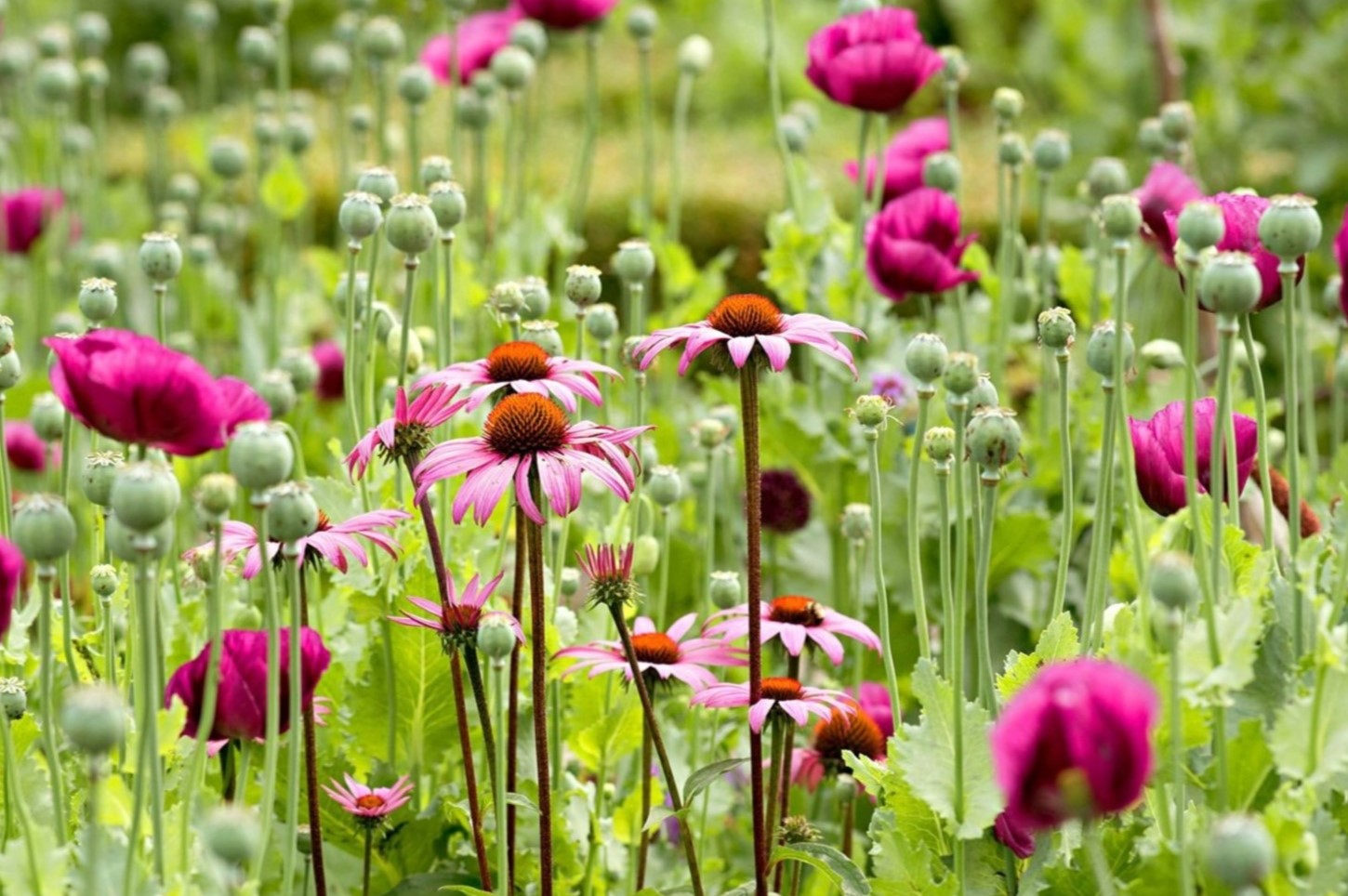
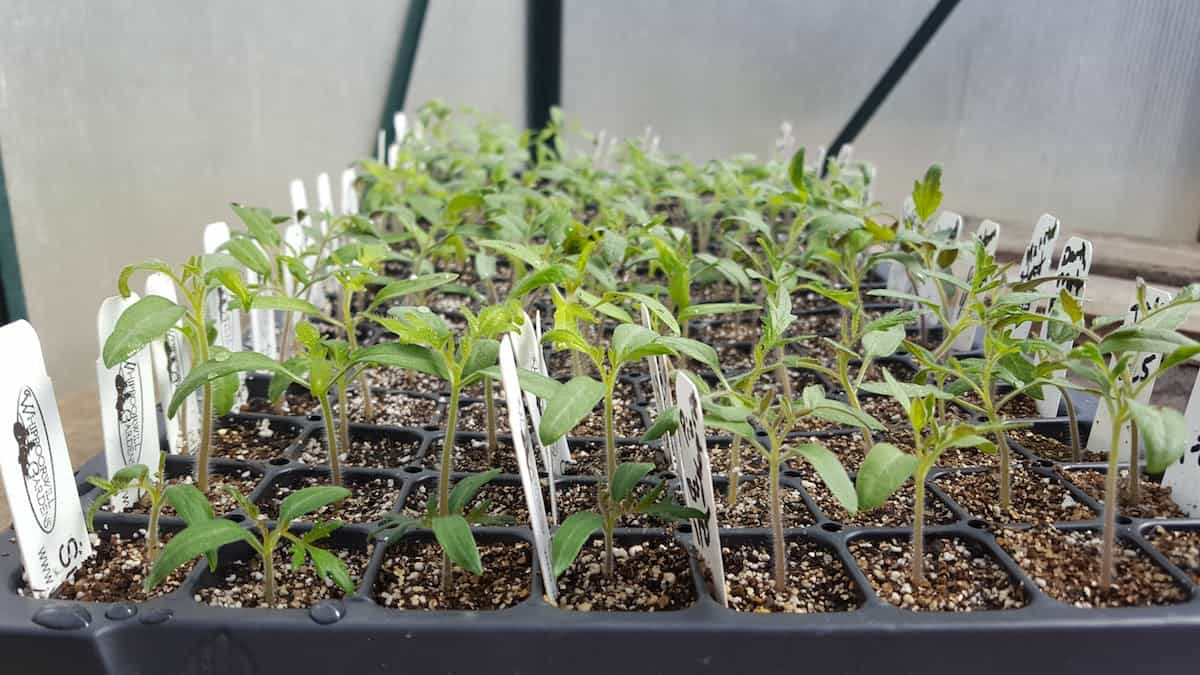
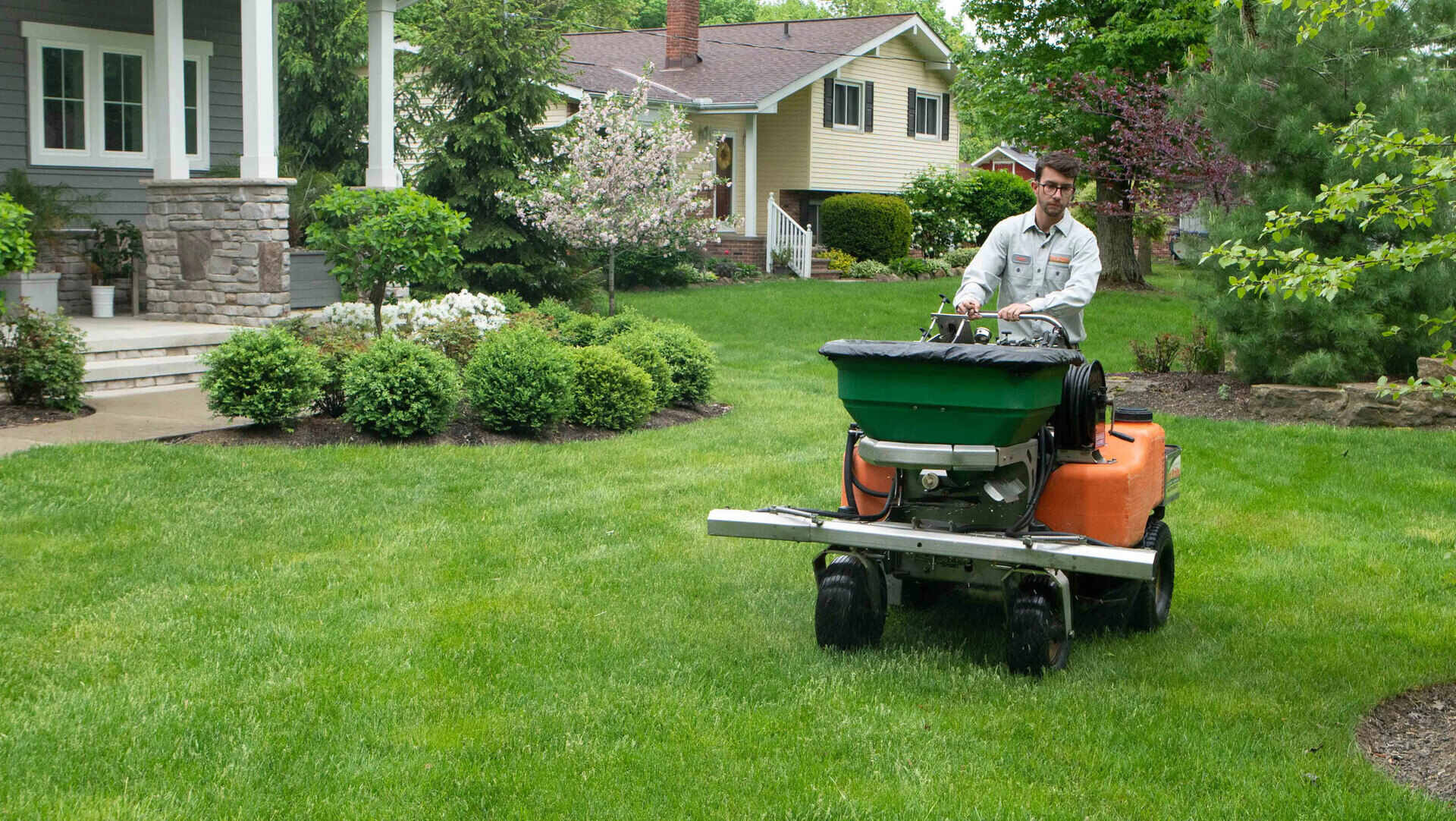
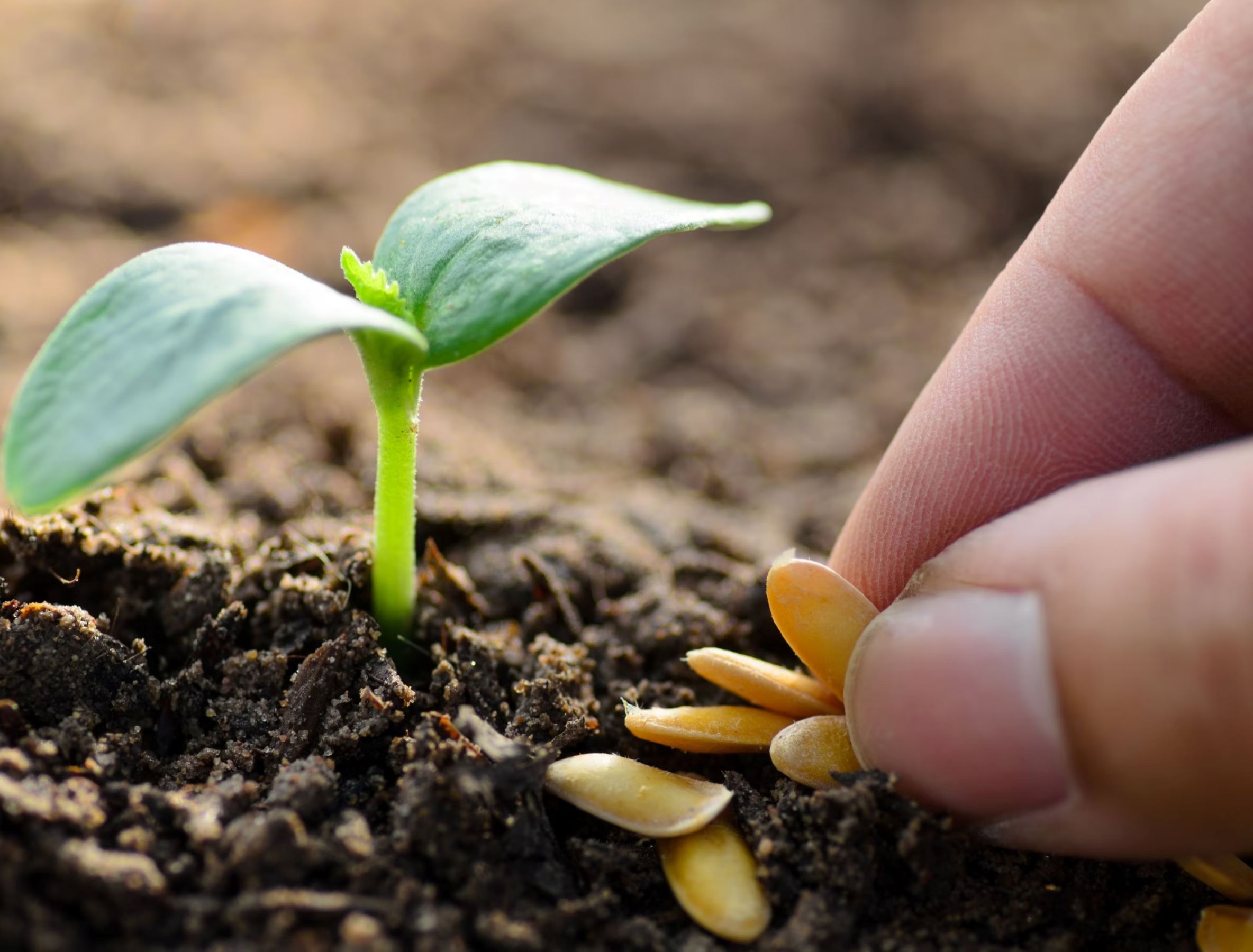
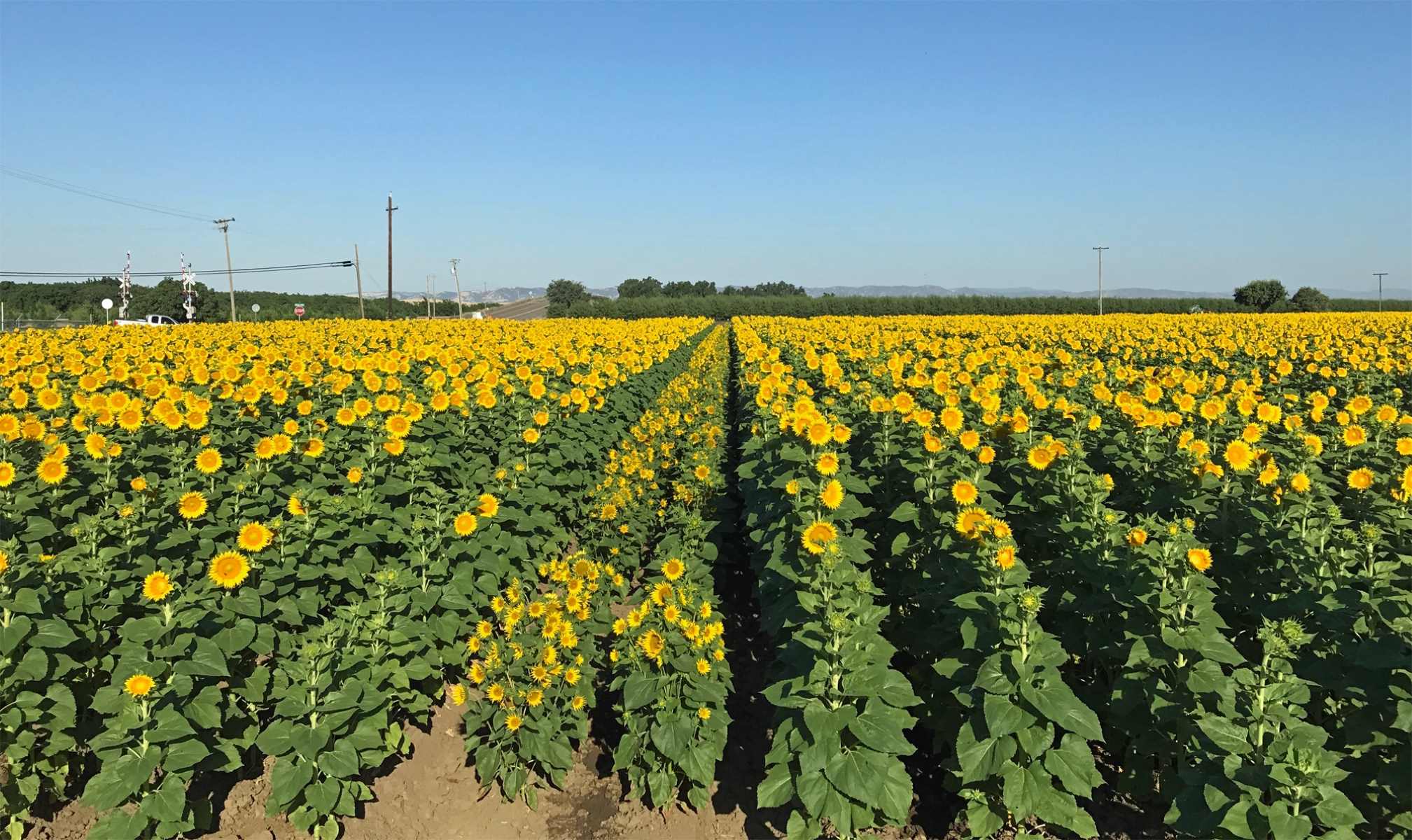
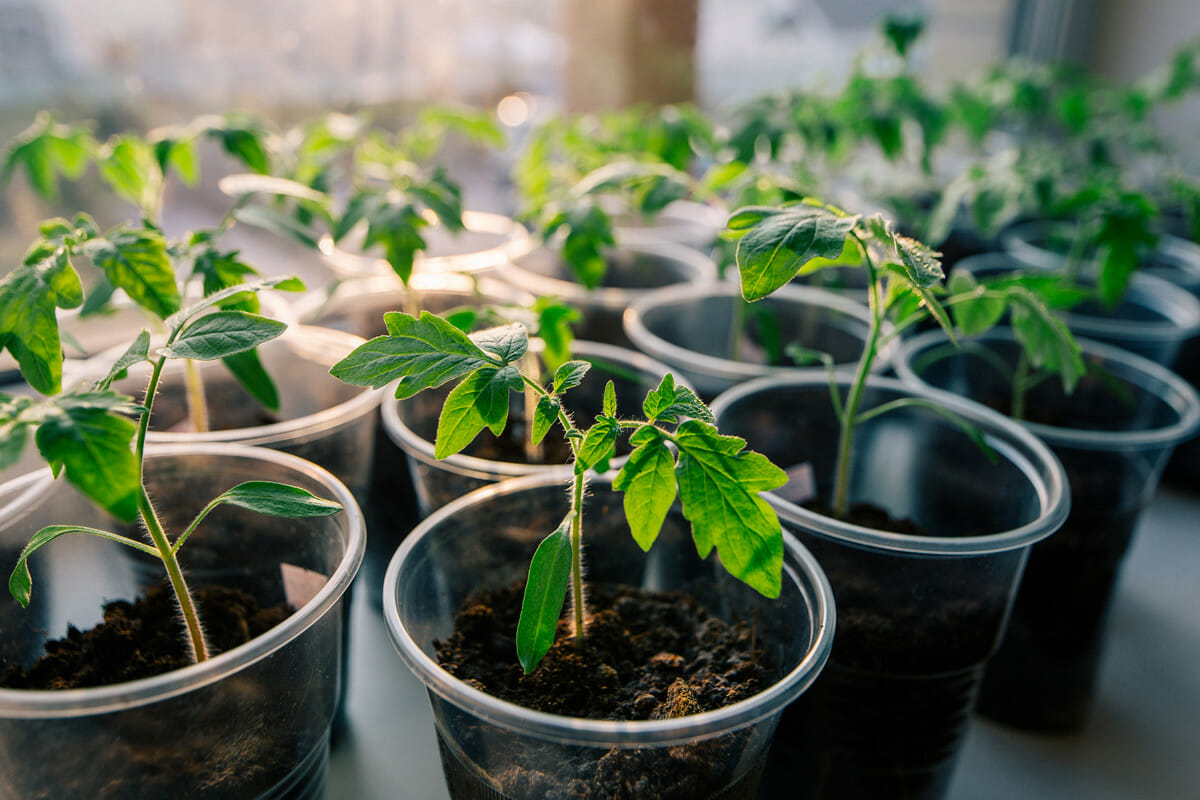
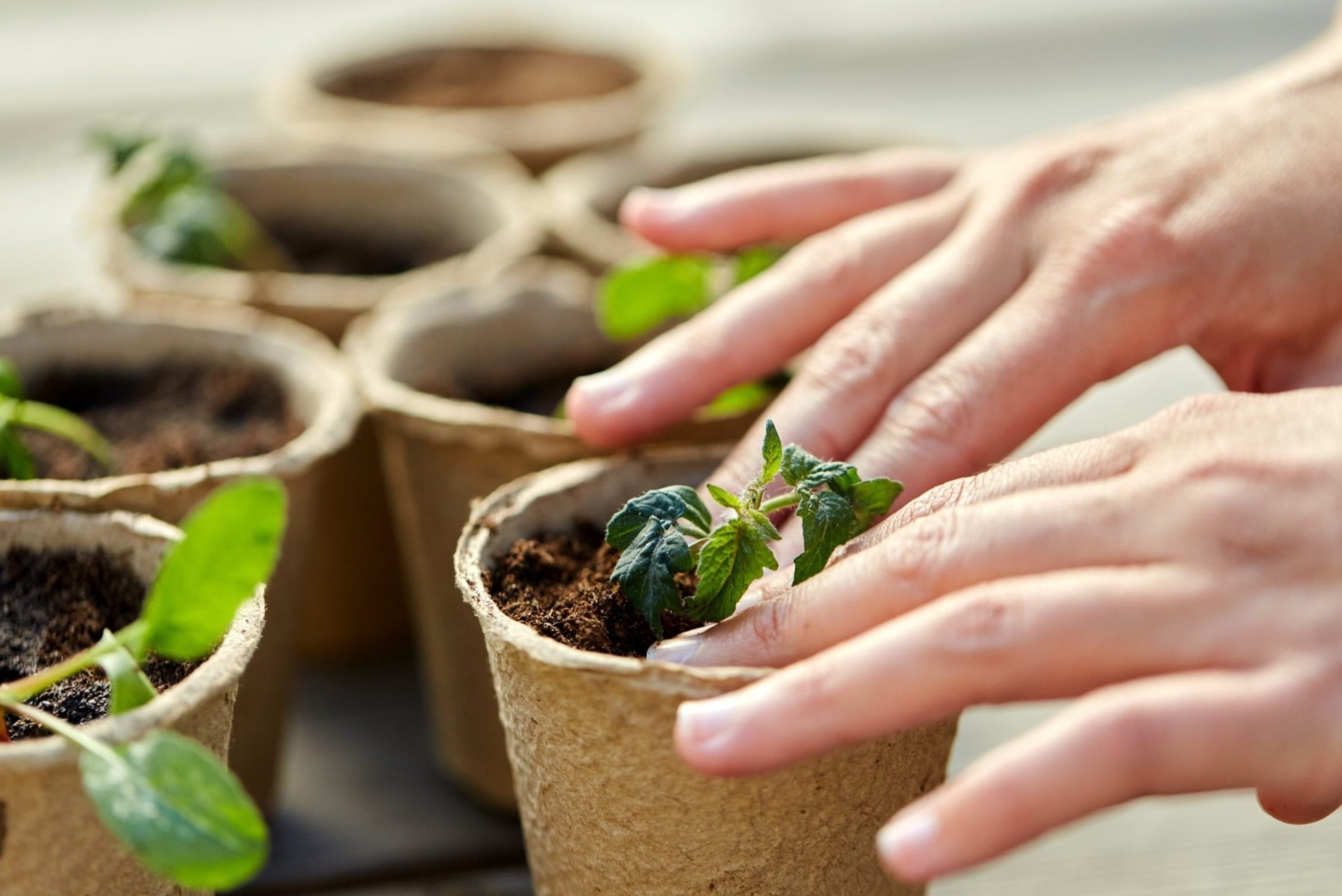
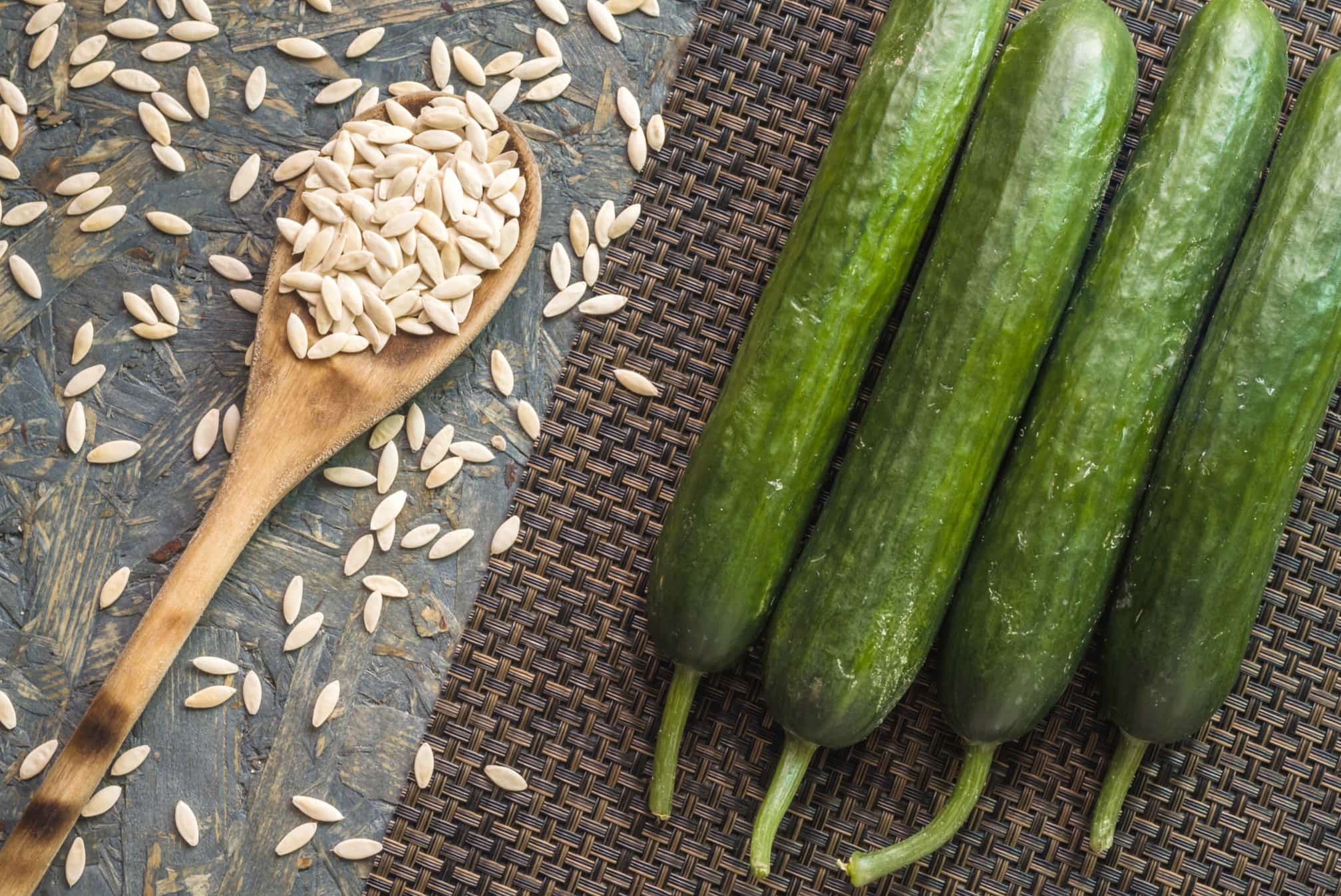
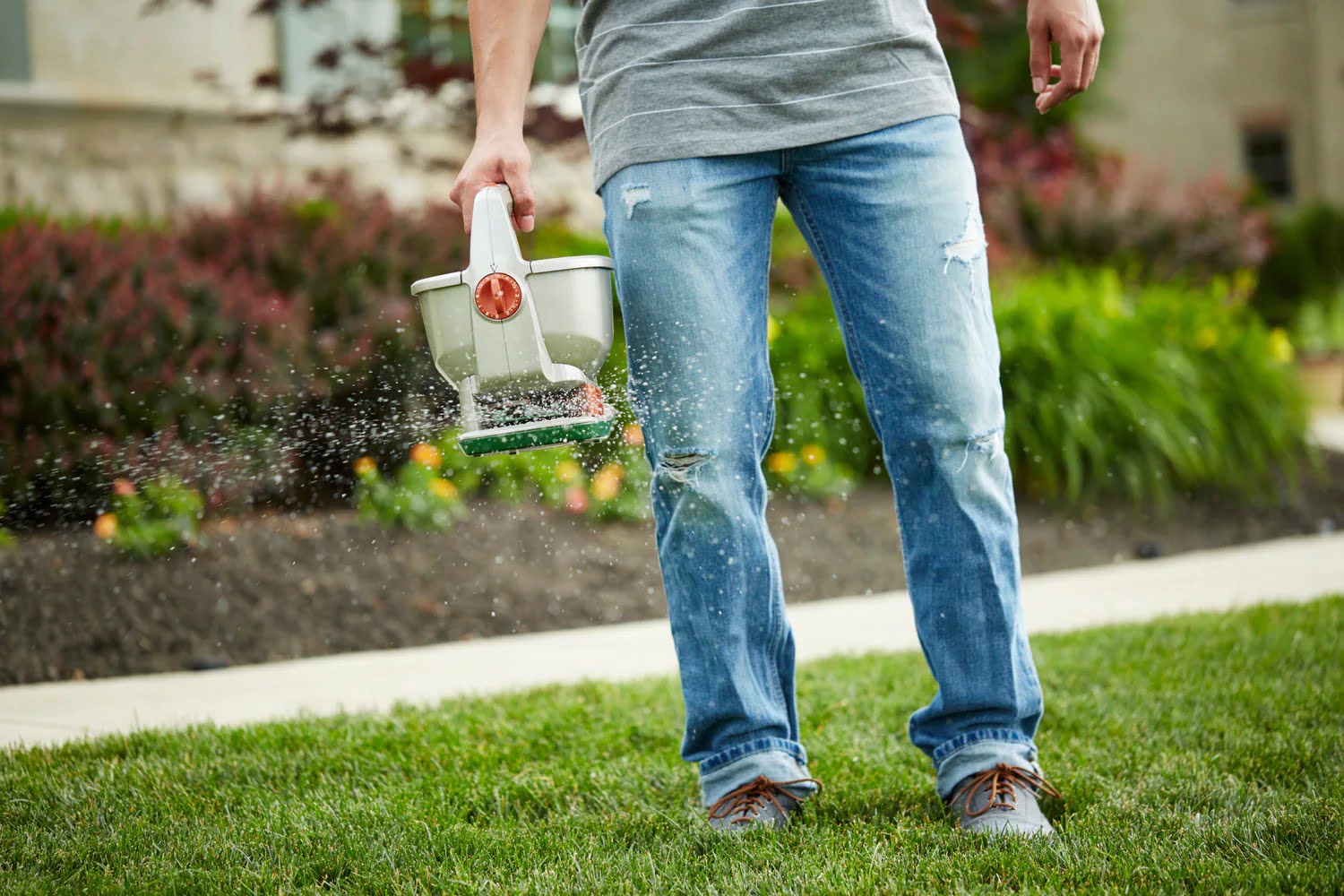
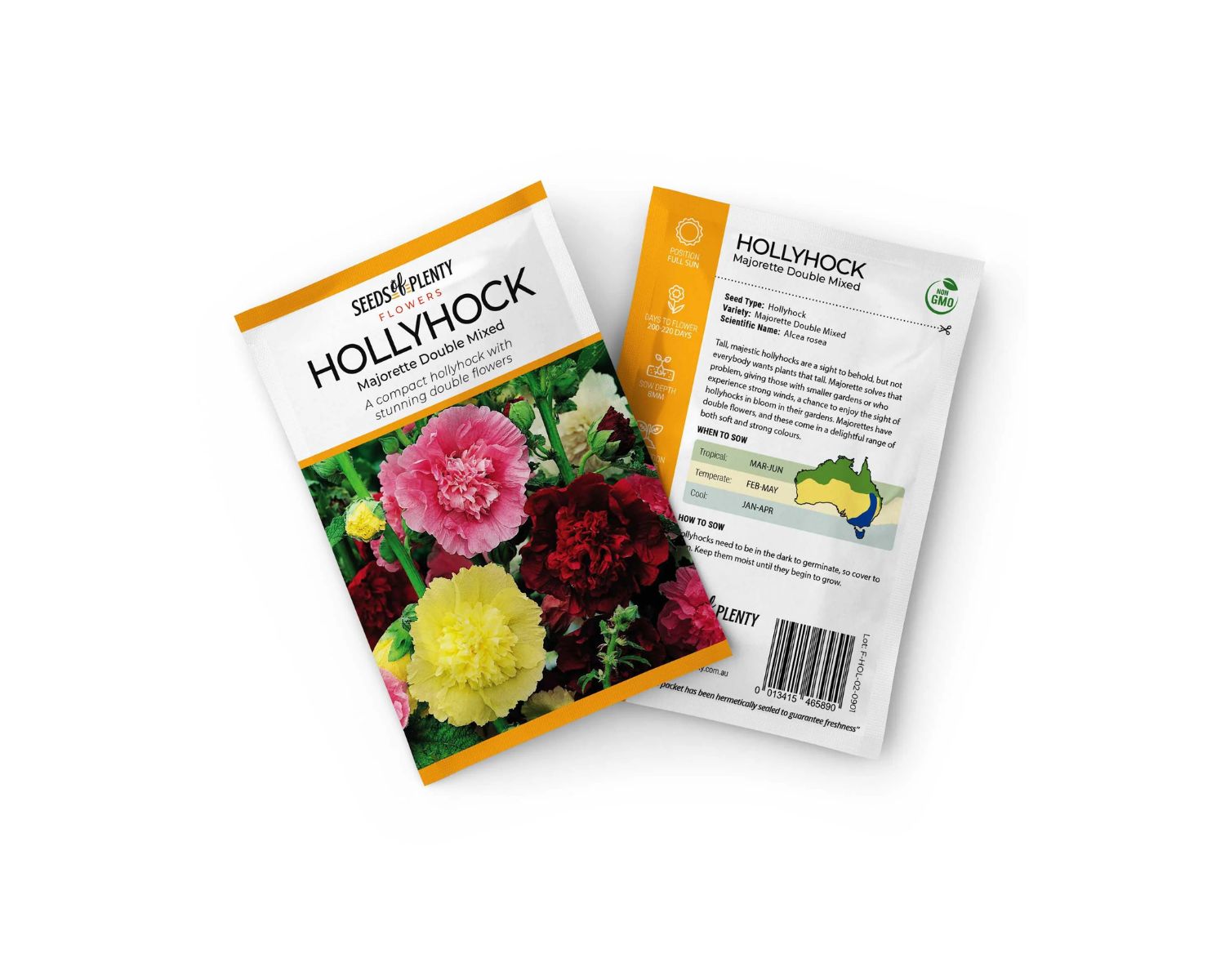
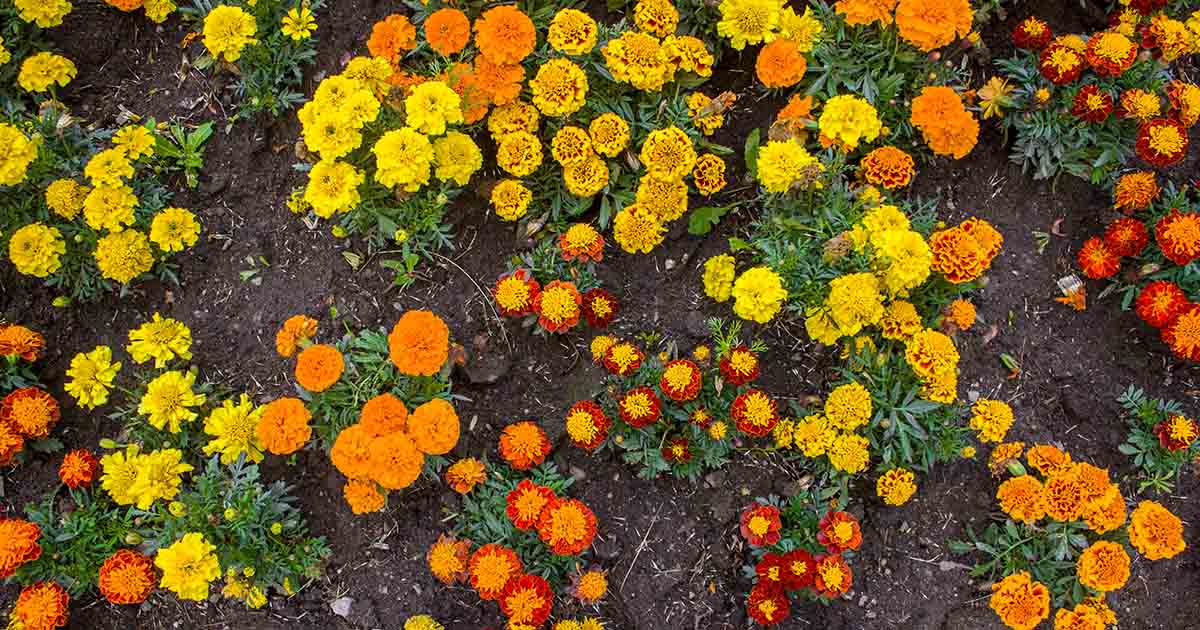
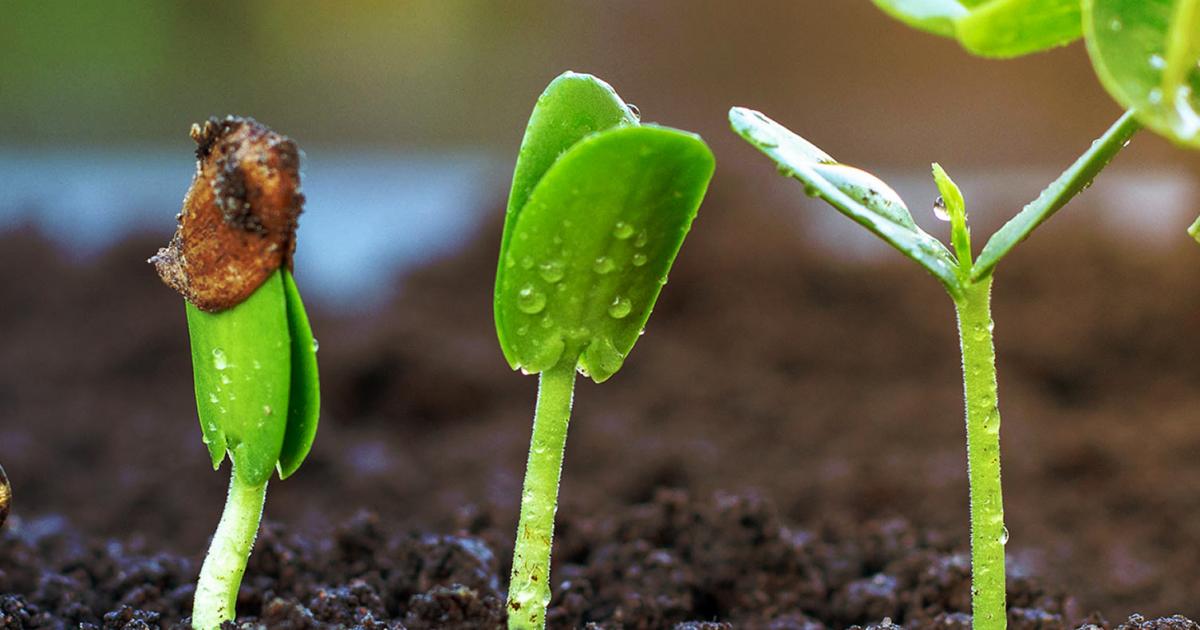
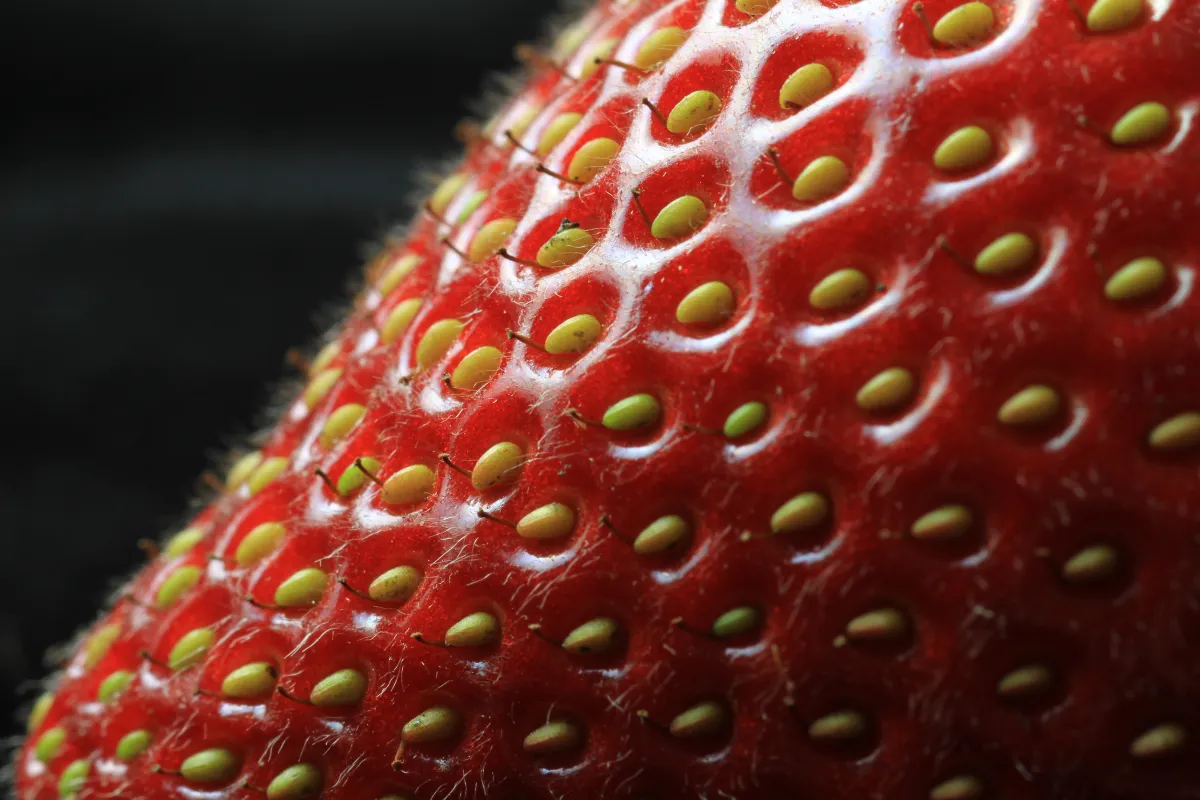

0 thoughts on “When Should I Plant Tomato Seeds”